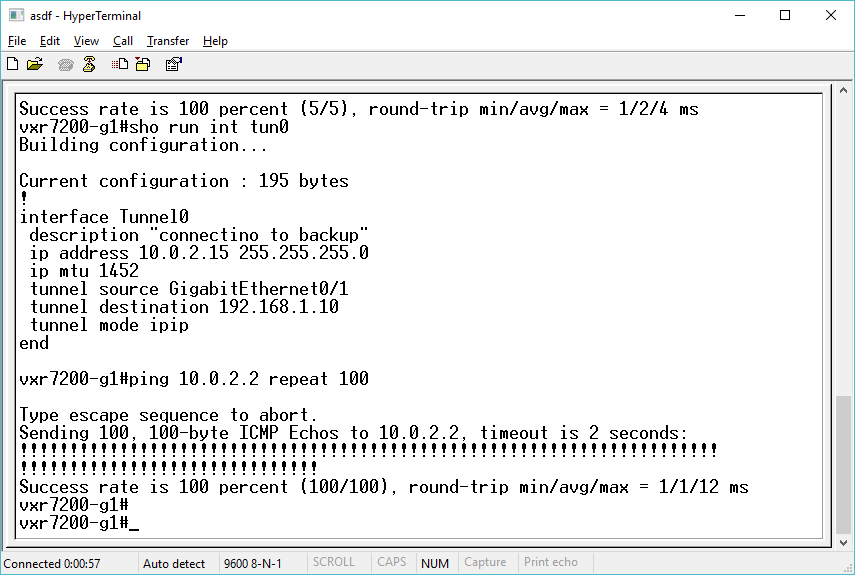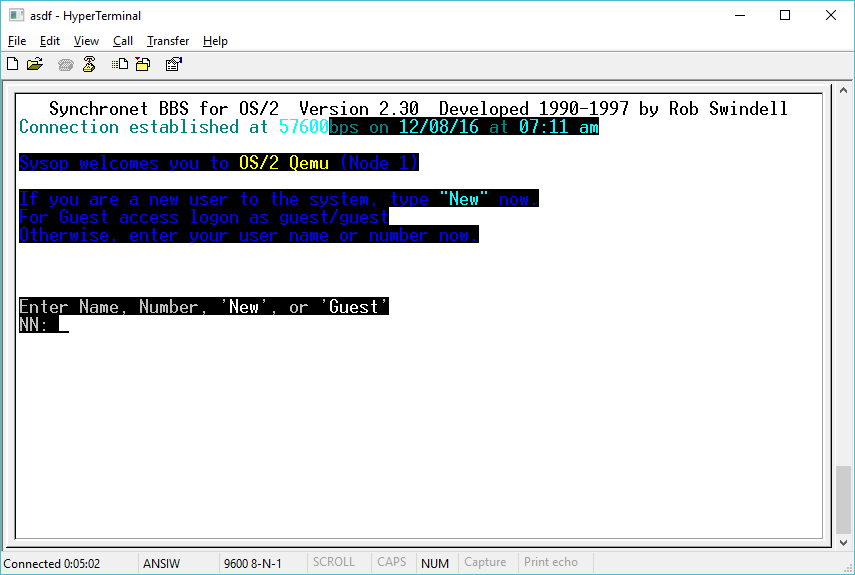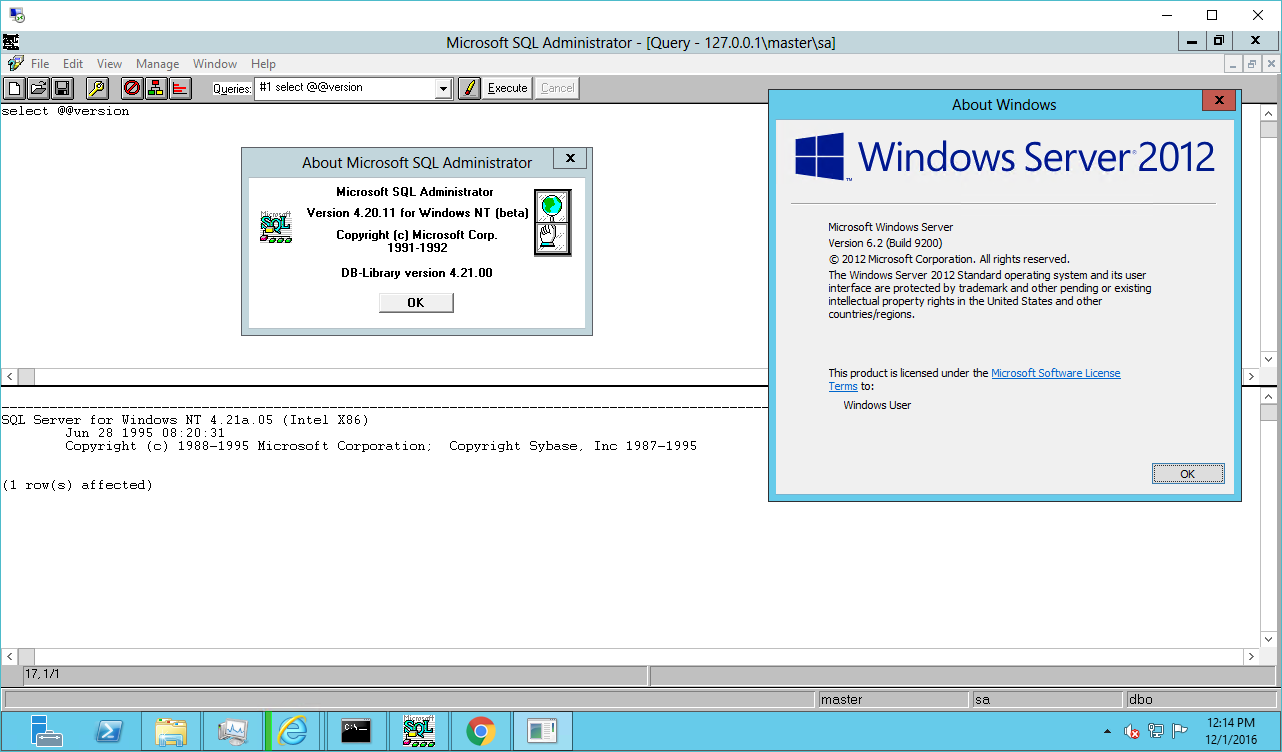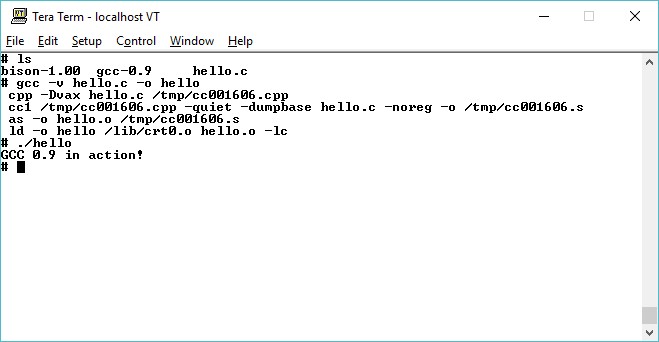Well it is that time of the year again!
I’ve been insanely busy at work, and the few hours I do get home I end up spending sleeping
Of all things it was some ‘critical update’ nonsense on my phone that suddenly set the mood. As a personal rant I think it is kind of funny that in China we can say “Merry Christmas” without any impunity, nobody threatens my livelyhood just because of uttering two words. Over in the middle kingdom I don’t have to hide behind “seasons greetings” or any of that other PC tripe. Who would have thought 30 years ago that living in some Communist dictatorship would actually be more free. Oh well, it’s more bizarre as I had that blitz trip to the United States where Christmas is all but outlawed by the PC police, and so many Chinese were hoping to see big public displays that just simply don’t exist, just as where I contract for reminded everyone that Christmas is banned in name.
If this were twitter I would no doubt face harsh criticism for writing such a thing, with actual consequences. The ‘tolerant’ left is anything but.
I can only imagine the manufactured outrage over something like the Commodore Christmas demo for the Commodore 64 in these modern ages.
But here, I rent my own server so I can write whatever I please. Lest we remember in the dawn of “fake news” it really is more so a war on unacceptable news, as we further burrow into our “truth silos” where any option that challenges our world view must be removed. Naturally people find government censorship of this level intolerable, but oddly enough find no qualms about having corporations do this for them. And corporations will gladly defend themselves from the ‘fake news’ while serving endless and misleading native ads, as long as consumers keep buying. It is an interesting shift driven in the media space, as companies struggle to stay relevant in the crybully and offended Olympic age.
I guess if anything I’m still just amazed how big Christmas is in places where I’d never traditionally find it, as the commercial aspects of it are being absorbed in a cargo cult like fashion, but in retrospect in the west 30 years ago Christmas was pretty much a cargo cult holiday, saying and doing the motions for that precious cargo, aka going through the massive catalogs of the time, and hoping Santa would buy the right thing, which of course for the most part they did not…
So yes, enough of the old man rant, and Merry Christmas!











